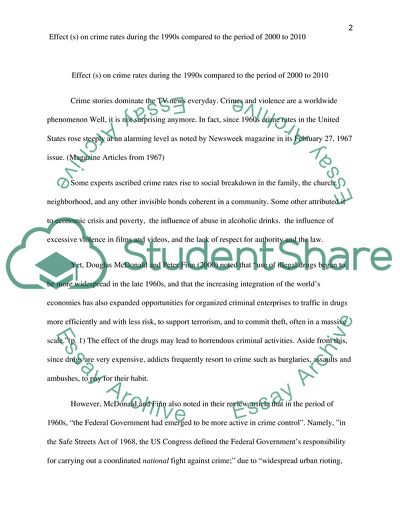Cite this document
(Effect (s) on crime rates during the 1990s compared to the period of Research Paper, n.d.)
Effect (s) on crime rates during the 1990s compared to the period of Research Paper. Retrieved from https://studentshare.org/law/1756023-effect-s-on-crime-rates-during-the-1990s-compared-to-the-period-of-2000-to-2010
Effect (s) on crime rates during the 1990s compared to the period of Research Paper. Retrieved from https://studentshare.org/law/1756023-effect-s-on-crime-rates-during-the-1990s-compared-to-the-period-of-2000-to-2010
(Effect (s) on Crime Rates During the 1990s Compared to the Period of Research Paper)
Effect (s) on Crime Rates During the 1990s Compared to the Period of Research Paper. https://studentshare.org/law/1756023-effect-s-on-crime-rates-during-the-1990s-compared-to-the-period-of-2000-to-2010.
Effect (s) on Crime Rates During the 1990s Compared to the Period of Research Paper. https://studentshare.org/law/1756023-effect-s-on-crime-rates-during-the-1990s-compared-to-the-period-of-2000-to-2010.
“Effect (s) on Crime Rates During the 1990s Compared to the Period of Research Paper”. https://studentshare.org/law/1756023-effect-s-on-crime-rates-during-the-1990s-compared-to-the-period-of-2000-to-2010.


